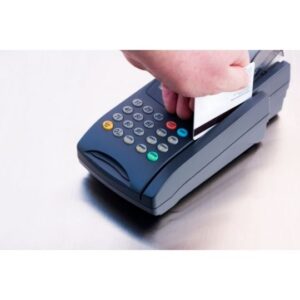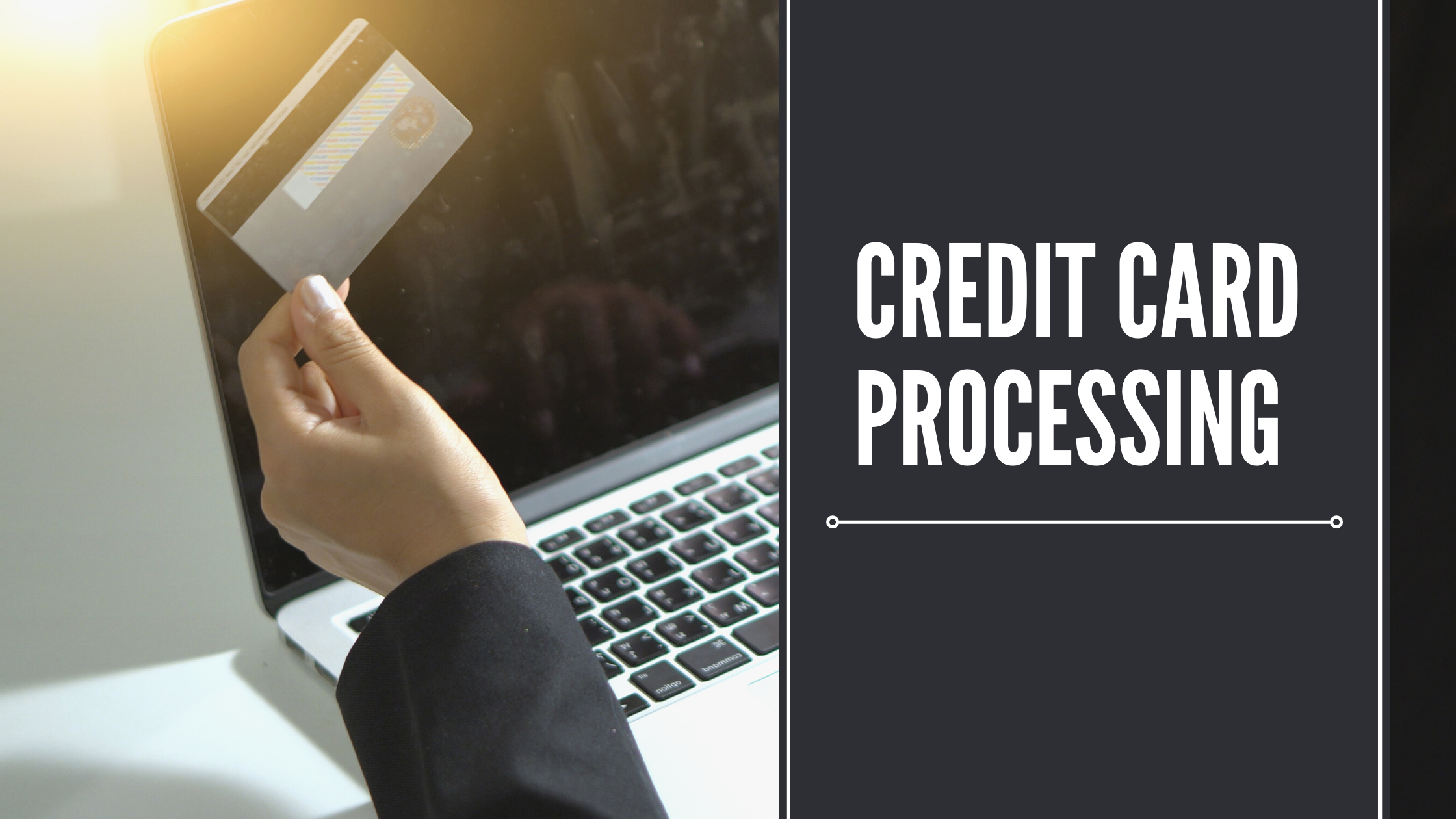Credit Card-This tutorial is for you if you want to accept credit card payments for your small business but don’t know where to start.
Credit card processing should be a routine element of company, not a source of stress. We designed this guide to make getting set up for credit card processing as simple as possible.
What Is a Business Plan Executive Summary?
What exactly is credit card processing?

In a nutshell, credit card processing
Credit card processing is the series of processes required to finalise credit card payments made in person, online, over the phone, or by mail.
How to Find a Manufacturer in the United States for Your Product
Who is a part of credit card processing?
The entities listed below are critical to how credit card processing works to securely record payments at the point of sale.
Consumer. The owner of the card or the person making the purchase.
Merchant. The person or company who sells the product or service that the consumer is purchasing.
Gateway for payments. The software that connects a merchant to a payment processor. A gateway typically integrates with both card-present (e.g., in-store purchases) and card-not-present (e.g., online or eCommerce) payment environments, captures payment details for customer transactions, routes them to a payment processor or the merchant bank, and sends a “approved” or “declined” message to the merchant.
Processor of credit cards Also known as a “payment processor” in a broader sense. The company that connects the merchant, the credit card network, and the cardholder’s bank. Processors and merchants are both responsible for adhering to the Payment Card Industry Data Security Standards (PCI DSS). Some payment processors operate their own payment gateways, whilst others, usually larger processors, have reseller relationships with payment gateways.
The card network. Also known as the “credit card network” or the “credit card brand.” This is the credit card company’s brand, such as American Express, Visa, Mastercard, or Discover. The credit card networks are in charge of establishing interchange and assessment fees, as well as PCI DSS requirements.
The issuing bank. Also known as the “cardholder’s bank” or the “consumer bank.” This is the bank that issues the customer’s credit card. The issuing bank’s principal responsibility in the credit card processing cycle is to determine if the cardholder’s account has sufficient money to execute a transaction and to release those funds for settlement.
Purchasing a bank. Also known as the “commercial bank.” This is the bank that the merchant uses to store their business funds and collect payments from transactions. It can provide the merchant with card readers and payment processing equipment. In addition, the acquiring bank might act as a credit card processor.
What you should know about bank deposits

As previously mentioned, if a transaction is accepted, monies are moved from the cardholder’s bank to the merchant account. They are transferred to the merchant bank account once settlement is completed. The price of the sale or transaction may differ from the amount of the actual bank deposit depending on your payment processing conditions and the frequency with which fees and other charges are deducted.
What is the expected cost of credit card processing?
For each credit card payment you accept, credit card processors normally charge a processing fee. Depending on the pricing plan employed by your processor, you may be charged additional fees.
Fees for processing
Transaction fees are classified into two types: wholesale and markup. The issuing bank and the card network impose wholesale fees, often known as “interchange” costs. The credit card processor and payment gateway charge markup fees. Markup fees, unlike wholesale fees, can be negotiated.
You should be aware of three sorts of credit card processing fees:
Fee for currency exchange. The interchange cost is the same as the wholesale fee indicated earlier. This is a standard, non-negotiable fee that covers the transaction’s processing costs, the risk of payment approval, and the hazards of fraud and bad debt. The interchange charge, which is collected by the consumer (issuing) bank, is a percentage of the purchase total plus a predetermined transaction cost specified by each card network. This is the most expensive aspect of credit card processing, and it is often influenced by the type of credit card used in the transaction. The typical interchange rate for credit cards in the United States is about 1.8 percent and 0.3 percent for debit cards, however the actual rate a retailer will pay varies substantially. Interchange fees on premium or rewards cards, for example, are often higher.
Assessment or service charge This is another non-negotiable fee, but this time it is levied by the card network. This fee is normally a tiny amount and is influenced by your transaction volume and risk level as determined by the card networks.
Fee for processing. Each payment processor has their own set of costs. This is known as the payment processor markup, and it varies based on the processor’s pricing plan.
Payment processor pricing models come in a variety of flavours.
Payment processors use a number of pricing methods. These are the four most common while looking for a payment processor:
The price is fixed. Regardless of the card used for payment, the processor charges a simple set fee for all credit and debit card transactions. It’s worth noting that card-present transactions frequently have lower flat rates than card-not-present purchases since they involve less risk. This can be a basic base rate (for example, 2.9 percent) or a base rate plus a little per-transaction sum (for example, 2.9 percent + $0.30 per transaction). Instead of separating the wholesale and markup costs, this strategy combines them.
Tiered. The fee charged by the processor is determined by the kind of card used in the transaction, the amount of risk involved with the transaction, and the overall transaction volume of the firm. This approach is thought to be the most sophisticated and potentially the most perplexing to retailers.
Plus Interchange. The Interchange Plus pricing model is the most prevalent and is frequently regarded as the most transparent and cost-effective. The merchant is charged a portion of the transaction as well as a fixed per-transaction fee in this case. The wholesale charge (the “interchange” portion) and the markup fee (the “per transaction” portion) are thus clearly separated. A $100 payment made with a Visa Rewards credit card, for example, may incur a total (effective) rate of 2.13 percent, which includes the interchange fee, the card network fee, and any other costs levied by the credit card processor.
Subscription. The processor charges a monthly flat cost as well as a minor per-transaction fee. The wholesale fee is levied in addition to the markup fee.
Whatever pricing plan your company chooses, keep in mind that not all transactions clear at the same rate. A qualified transaction will proceed faster than a non-qualified transaction.
